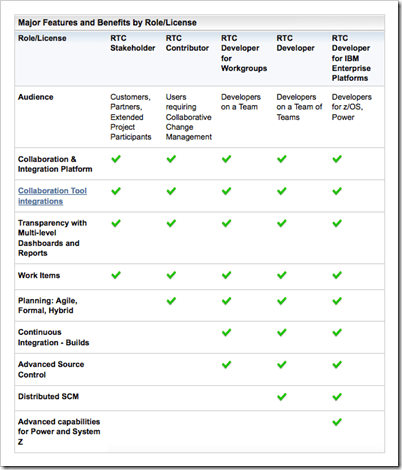I’m a firm believer that cloud computing helps companies innovate. It provides resources, services and infrastructure at a fraction of the cost and in less time than it would with a traditional infrastructure rollout. By dramatically reducing internal times to deployment and capital expenditures, businesses are given the ability to iterate more quickly, be more competitive in releasing products and features and get time-to-market timelines to the lowest numbers ever.
Similarly, just as critical to businesses as the cloud is, Big Data, development and deployments have rapidly become one of the most sought-after resources and services in near memory. Data of customers, users and businesses is growing at exponential rates with the introduction of the social graph and social media, integrations of legacy data stores and the simple fact that more people are being tracked, categorized and measured in different ways than ever before.
The coupling of these two movements, cloud and big data, is challenging businesses worldwide on crafting the best solutions for their customers. While opportunities abound, it is frequently difficult to discover and use the best solutions to get your products or services to market quickly and manage all of the data that drives this innovation and development from the back end.
When you combine the forces of cloud computing with agile development and/or Big Data, you get solutions never before available in the forms of software solutions as cloud server images. What does this mean exactly? Basically, yet another acceleration in that time-to-market journey. Within literally minutes, businesses can deploy IBM solutions for both agile development and Big Data and have their respective teams up and running in no time.
Agile development is one means that businesses can iterate more quickly in their development cycles and get the results of their efforts to market ahead of the competition. Agile development is not a new process. It has been around for many years. But timelines and budgets have shrunk and consequently being able to effectively manage iterative developments and the cross-functional teams that do this development work has become increasingly complicated. For agile development to truly work well, you need to have a team that understands it and has the tools to simply get the work done.
IBM has a product called Rational Team Concert (RTC) which allows agile development teams to collaborate, plan and report all within a single platform. If you are familiar with agile development, these features should be appealing to you in that you can be “agile” the way your team wants to be (e.g., scrum, waterfall or a hybrid of the two). With RTC, you are provided with an open platform that allows you to use existing tools to do more than simply write code, you also get reporting, dashboards, planning and scheduling features not only for your internal teams but also for contractors or consultancies who may reside off-site. RTC is role-based and has features tied to different roles as is outlined in the graphic below:
So where does the cloud meet agile development?
To make agile development with RTC even more agile, IBM recently teamed up with Cloudshare, a SaaS/IaaS provider that has virtualized instances of RTC as deployable solutions. These pre-configured virtual machines (VMs) allow for RTC to be quickly set up, configured and shared amongst agile development teams. If you compare traditional software rollouts to teams with using a cloud deployment methodology, the benefits of using cloud-based solutions should be pretty obvious as they tout the usual benefits of lower overall cost and dramatically reduced time-to-deployment. Instead of days, weeks or months typically associated with traditional, bare metal and shrink-wrapped software installations, using software images baked into VMs cuts those times and costs substantially.
And what about Big Data and the cloud?
A few months ago, I gave a webinar with Bruce Weed, IBM’s Program Director for Big Data Development, where we discussed IBM’s Big Insights solution for Big Data and how Independent Software Vendors (ISVs) can leverage IBM’s Big Insights as a deployable cloud server solution from GoGrid, a pure-play cloud IaaS provider. (Disclosure: I’m the Technology Evangelist for GoGrid.) Similar to the benefits found with the Cloudshare/IBM RTC cloud deployment solution, the GoGrid/IBM Big Insights solution gives developers, data scientists and architects and businesses a quick and easy, yet powerful solution for companies looking to quickly get their data environment cloud-enabled and effectively managed.
Cloud computing is allowing not only businesses to succeed, but also the software vendors and their cloud partners to open additional solution channels to new and existing markets. As innovation continues, companies that adopt agile development and Big Data architectures will have gained a competitive edge, especially if those tools are rapidly instantiated through cloud-based architectures.

HTD says: How is your company approaching Big Data or agile development? Are you looking at the cloud? Perhaps you should!







